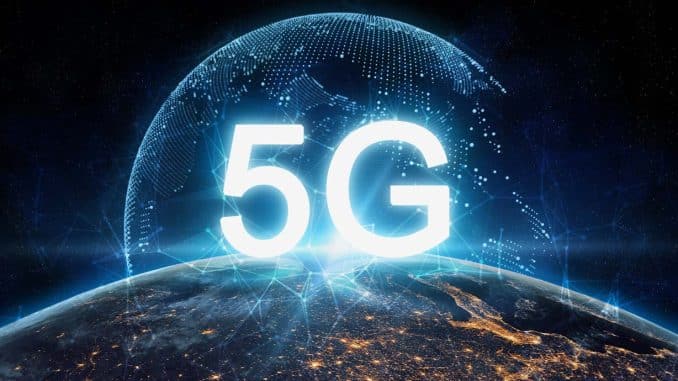
5G Revolution: What You Need to Know About the Next-Gen Network
The rollout of 5G technology marks a significant leap forward in the evolution of wireless communication, promising to revolutionize the way we connect and interact with the digital world. As the fifth generation of mobile networks, 5G offers unparalleled speed, reduced latency, and enhanced connectivity, setting the stage for a new era of technological innovation. In this article, we will explore the key features of 5G, its potential applications, and the impact it will have on various industries and everyday life.
What is 5G?
5G, or fifth-generation wireless technology, is the latest advancement in mobile networks, designed to meet the growing demands of a connected society. It builds upon the foundation laid by its predecessor, 4G, but with significant enhancements:
Speed: 5G networks can deliver data rates up to 100 times faster than 4G, reaching speeds of up to 10 Gbps. This means faster downloads, smoother streaming, and real-time interactions without delays.
Latency: One of the most crucial improvements is the reduction in latency – the time it takes for data to travel from one point to another. 5G networks aim to reduce latency to as low as 1 millisecond, enabling near-instantaneous communication.
Capacity: 5G can support a massive number of connected devices per square kilometer, making it ideal for densely populated urban areas and the burgeoning Internet of Things (IoT) ecosystem.
Reliability: Enhanced reliability ensures consistent performance, even in challenging conditions such as crowded stadiums or during peak usage times.
Applications of 5G
The capabilities of 5G extend far beyond faster internet on our smartphones. Here are some of the transformative applications of this next-gen network:
Enhanced Mobile Broadband: With faster speeds and greater capacity, 5G will revolutionize mobile experiences, from high-definition video streaming to augmented reality (AR) and virtual reality (VR) applications.
Internet of Things (IoT): 5G’s ability to support a vast number of devices will accelerate the growth of IoT, enabling smart homes, connected cars, and smart cities. Devices will communicate seamlessly, leading to improved automation, energy efficiency, and overall quality of life.
Healthcare: 5G will enable telemedicine and remote surgery with high-definition video and real-time data transmission. Wearable health monitors and connected medical devices will provide continuous health monitoring, enhancing patient care.
Autonomous Vehicles: Self-driving cars will benefit from 5G’s low latency and high reliability, allowing vehicles to communicate with each other and with infrastructure in real-time, enhancing safety and efficiency.
Industry 4.0: Manufacturing and industrial processes will become more automated and efficient with the implementation of 5G. Smart factories will use connected machinery and sensors to optimize production, reduce downtime, and enhance safety.
The Impact on Society and Industry
The widespread adoption of 5G will have profound implications for society and industry:
Economic Growth: The deployment of 5G networks is expected to generate significant economic growth by fostering innovation, creating new business opportunities, and improving productivity across various sectors.
Job Creation: New industries and applications enabled by 5G will create jobs in technology, engineering, healthcare, and more. However, there will also be a need for reskilling and upskilling the workforce to adapt to new technologies.
Digital Divide: While 5G has the potential to bridge the digital divide by providing high-speed internet to underserved areas, it also raises concerns about equitable access. Ensuring that all communities benefit from 5G advancements is crucial.
Security and Privacy: The increased connectivity and data generation associated with 5G raise security and privacy concerns. Robust measures will be needed to protect data and maintain user trust.
Challenges and Future Outlook
The rollout of 5G is not without its challenges. Infrastructure upgrades, spectrum allocation, and regulatory hurdles need to be addressed to achieve widespread deployment. Additionally, the initial cost of 5G-enabled devices and services may be prohibitive for some consumers.
Despite these challenges, the future of 5G looks promising. As networks expand and technology matures, the benefits of 5G will become more accessible, driving innovation and transforming industries. Collaboration between governments, industry stakeholders, and technology providers will be essential to realizing the full potential of 5G and ensuring its positive impact on society.
Conclusion
The 5G revolution is set to redefine the way we live, work, and connect. With its unprecedented speed, low latency, and massive capacity, 5G will enable a host of new applications and innovations that will shape the future. As we embrace this next-gen network, it is crucial to address the challenges and ensure that the benefits of 5G are accessible to all, paving the way for a connected, efficient, and prosperous future.
Leave a Reply